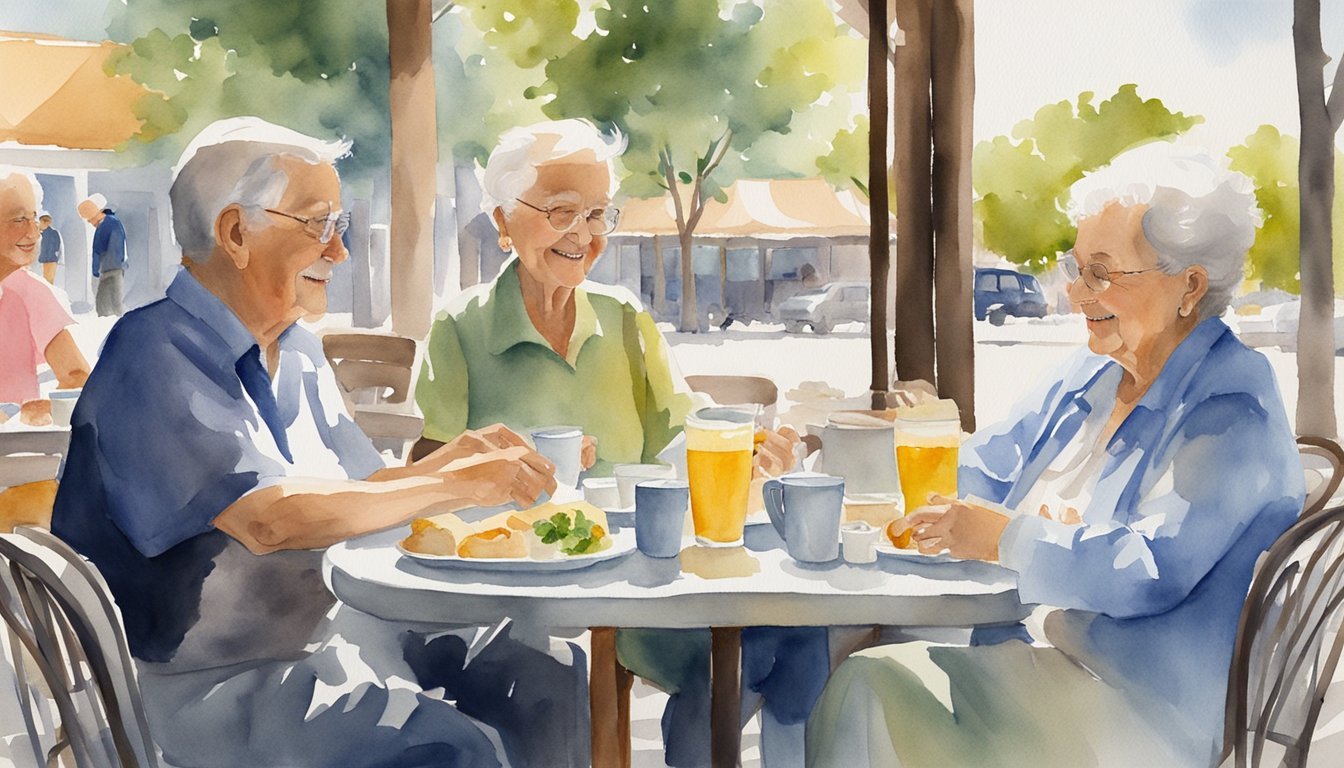In a twist on the “better-than-average” effect, a new study finds that nearly 60% of older Americans believe they look younger than their peers.
The study, titled “How Old Do I Look? Aging Appearance and Experiences of Aging Among U.S. Adults Ages 50–80,” was written by a team of researchers from the University of Michigan and the University of Oklahoma, and was published in the journal Psychology and Aging on February 29, 2024.
Looking Younger, Feeling Better
The used data from the National Poll on Healthy Aging (NPHA), a nationally representative survey of older U.S. adults conducted in 2019.
Participants completed an online questionnaire that included questions about their self-perceived aging appearance, their investment in looking younger, positive and negative experiences of aging, and self-reported health status.
The current study consisted of 2,006 participants, about 52% women and 48% men, and was ethnically representative of current U.S. demographics.
About two thirds of the participants were married or partnered. About one third had a bachelor’s degree or higher, 27% had some college education, and 40% had a high school diploma or less.
Key Findings
A majority of the participants (59%) believed they look younger than their same-age peers.
This perception was also linked to more positive experiences of aging, and better (self-reported) physical and mental health outcomes.
Women were more likely than men (62% vs. 56%) to report looking younger than their same-age peers.
Marital status also played a role; those who were married or in a partnership were more likely to feel they looked younger, compared to those who were single.
Educational attainment was another distinguishing factor. About 66% of those with a bachelor’s degree reported looking younger, vs. 51% with a high school diploma or less.
And higher-income participants (earning $60,000 or more annually) were also more likely to report looking younger than their same-age peers.
Efforts to look young
Participants who perceived themselves as looking younger also tended to invest more in efforts in maintaining a youthful appearance.
This group showed an average “investment score” of 1.41 on a 4-point scale, compared to 1.08 for those who did not perceive themselves as looking younger (based on how they answered the question “I invest time or effort to look younger,” with zero points for “strongly disagree” and four points for “strongly agree”).
This factor was linked to a better health, with each additional point decreasing the odds of reporting fair or poor physical health by 11%, and reporting fair or poor mental health by 16%.
Conclusion
These findings highlight the impact of self-perceived age on overall well-being, suggesting that efforts to maintain a youthful appearance can have meaningful effects on quality of life.
This finding, the authors write, is “consistent with dominant U.S. social values rewarding youthfulness.”
While the study does not assess the accuracy of self-perceptions among those who believe they look younger than their peers, it still demonstrates that a positive attitude is correlated with better (self-reported) health and well-being, emphasizing the power of positive (or perhaps wishful) thinking.
Study Details:
- Title: “How Old Do I Look? Aging Appearance and Experiences of Aging Among U.S. Adults Ages 50–80“
- Authors: Julie Ober Allen, Valerie Moïse, Erica Solway, Marshall K. Cheney, Daniel Joseph Larson, Preeti N. Malani, Dianne Singer, and Jeffrey T. Kullgren
- Publication Date: February 29, 2024
- Journal: Psychology and Aging

